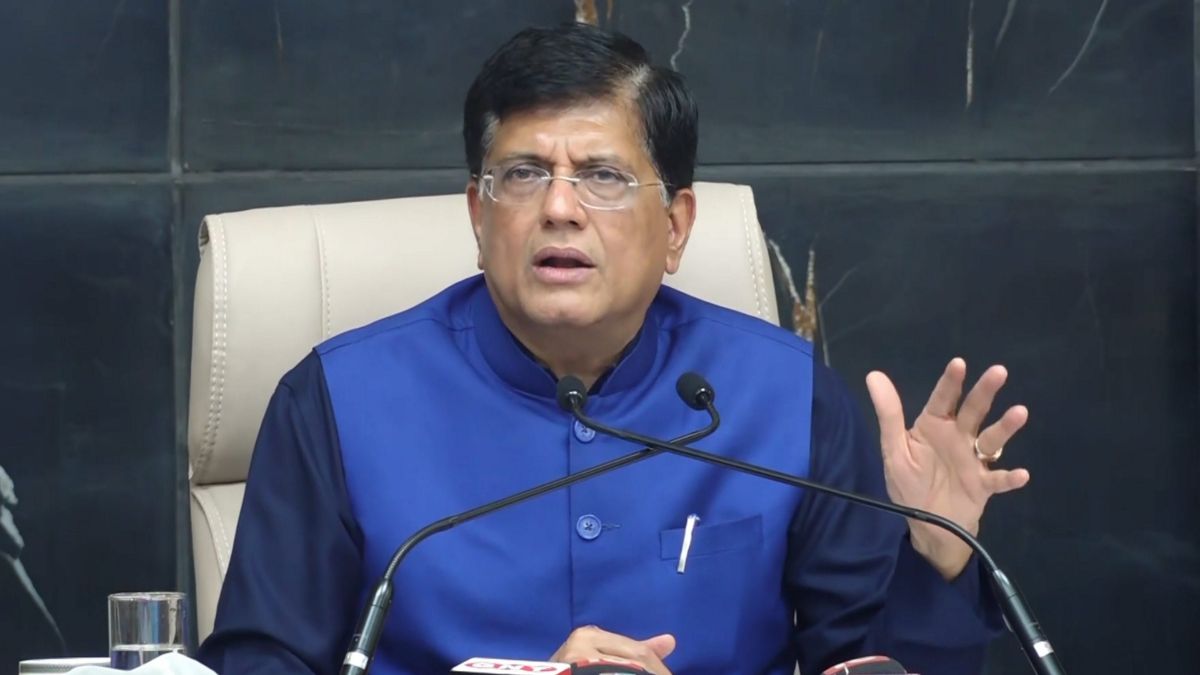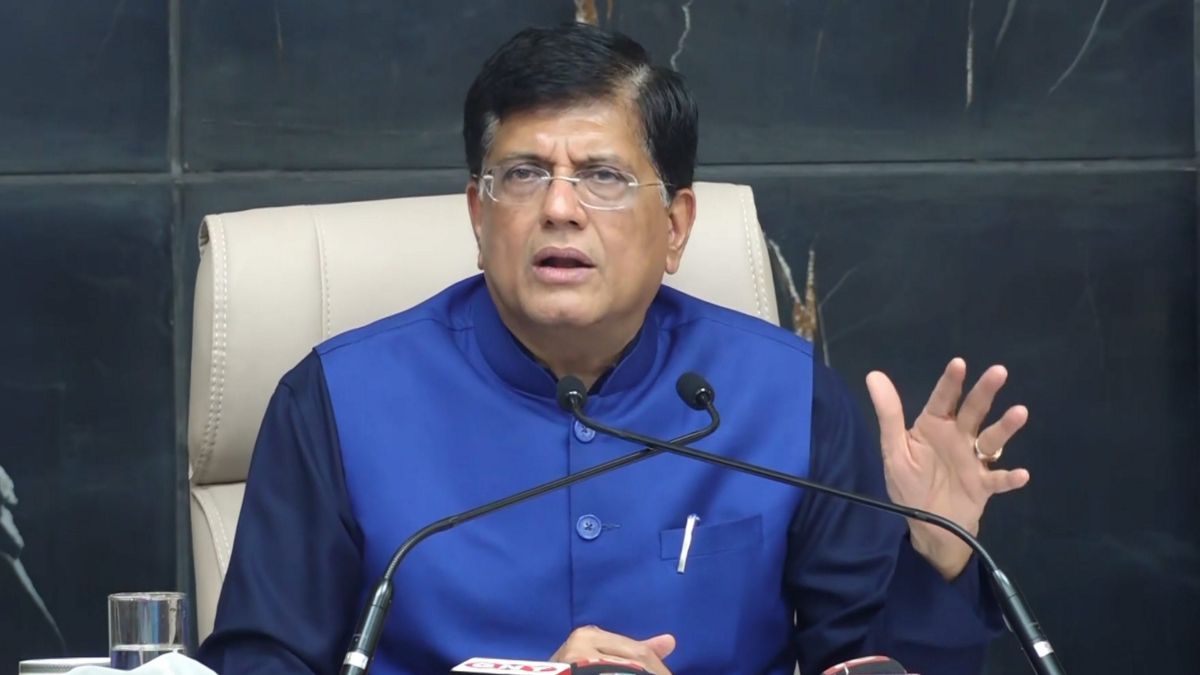Harvard’s resident UFO investigator, Avi Loeb, and his team believe they may have discovered minuscule remnants of an extraterrestrial visitor at the depths of the Pacific Ocean. However, there are reasons to approach their findings with scepticism. According to the BBC, Loeb, an outspoken astronomer from Harvard, has used a contraption he his invented called the “interstellar hook” to scrape the ocean floor and collect potential interstellar rock samples. He claims to have identified possible fragments of an alien meteor using this tentacle-like contraption. A reputable astronomer and alien hunter Loeb has gained recognition for his long-standing mission to uncover artefacts that could be associated with an advanced civilization beyond Earth. While he is most well-known for his theories surrounding ‘Oumuamua, an interstellar object that passed by our planet in October 2017, the current anomaly, referred to as IM1, fell into the Pacific Ocean in 2014. The astronomer strongly contends that IM1 originated from outside our Solar System, based on its remarkable speed during impact and the confirmation of its crash site by the Department of Defense. That’s not the end of the story, though. Loeb asserts that this meteor might represent advanced technology created by an extraterrestrial civilization—an assertion that is likely to raise scepticism and astonishment among his colleagues. Yet, it remains uncertain whether Loeb and his team genuinely discovered evidence indicating the interstellar origin of the object or if they were merely examining mundane debris on the ocean floor. Found pieces of ‘alien meteor’ Earlier this month, Loeb and his crew embarked on a journey aboard a conveniently named vessel, the Silver Star, to test the capabilities of their interstellar hook. On June 21, they seemingly struck gold when they stumbled upon small spherical fragments known as “spherules.” These spherules consist of a peculiar combination of iron, magnesium, and titanium. According to the BBC, such spherules often serve as telltale signs of meteorites or asteroids, which are formed through violent explosions. Despite Loeb’s confidence that these tiny fragments, measuring only a third of a millimetre in size, are from the IM1 object, other scientists remain sceptical. They highlight that spherules can also be generated through terrestrial processes. Marc Fries, a cosmic dust curator at NASA, stated, “Tiny metallic spherules are exceedingly common on Earth. They come from automobile exhaust, vehicle brakes, welding, volcanoes, and probably some more sources we haven’t identified.” Moreover, the spherules could potentially be fragments from the numerous meteorites that enter Earth’s atmosphere each year. Undeterred despite scepticism Nevertheless, Loeb remains undeterred and has asserted on his blog that the “anomalous” composition of the spherules makes them a plausible candidate for having interstellar origins. However, he acknowledges that further research is necessary to fully understand what makes these fragments unique. The team now aims to analyze the samples using a spectrometer at Harvard in order to identify any isotopes present. While there is only a minute possibility, it is still conceivable that these fragments could have originated from a completely different star system. Read all the Latest News, Trending News, Cricket News, Bollywood News, India News and Entertainment News here. Follow us on Facebook_,_ Twitter and Instagram_._
One of Harvard’s top astronomers who also happens to be a notable alien hunter, is searching for debris from an alien spacecraft on the floor of the Pacific Ocean. He claims to have found minute pieces of the space ship during a recent expedition
Advertisement
End of Article


)

)
)
)
)
)
)
)
)



